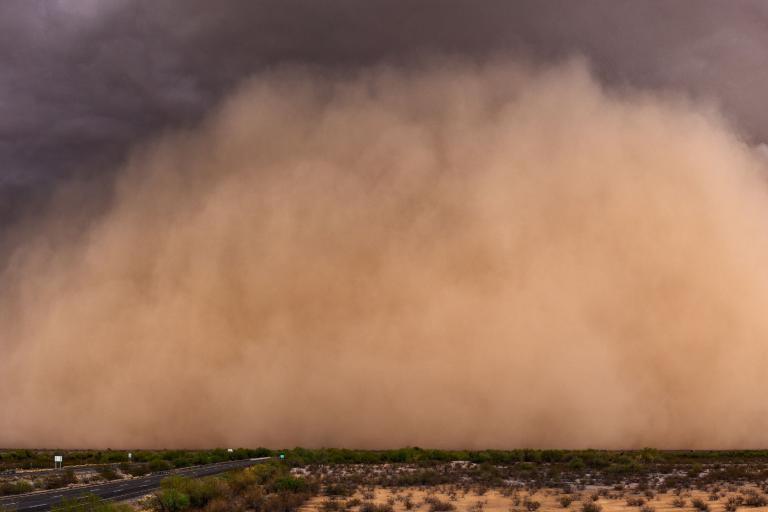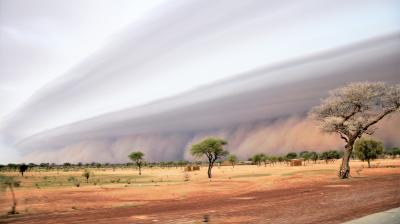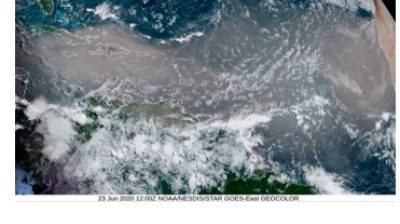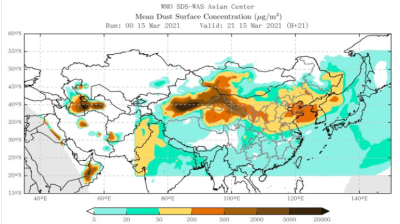WMO Bulletin spotlights hazards and impacts of sand and dust storms

The most severe storm of the year swept across Mongolia in March 2023, affecting more than 4 million square kilometres, including 20 provinces in China, according to the Airborne Dust Bulletin. It was released for the International Day of Combating Sand and Dust Storms on 12 July.
Every year, around 2,000 million tons of dust enters the atmosphere, darkening skies and harming air quality in regions that can be thousands of kilometers away, and affecting economies, ecosystems, weather and climate. Much of this is a natural process, but a large part of it is the result of poor water and land management.
“We need to be vigilant in the face of continuing environmental degradation and current and future climate change. Scientific evidence shows that human activities are having an impact on sand and dust storms. For example higher temperatures, drought and higher evaporation lead to lower soil moisture. Combined with poor land management, this is conducive to more sand and dust storms,” said WMO Secretary-General Celeste Saulo.
Monitoring and forecasting accuracy has improved in recent years due to the progress of numerical models and observation systems. The WMO Sand and Dust Storm Warning Advisory and Assessment System (SDS-WAS), set up in 2007, strives to improve warnings through dedicated regional centres and combines research and operational work.
“The Early Warnings for All initiative seeks to bring all hazards under one umbrella, including improved warnings and impact based forecasts of sand and dust storms,” said Celeste Saulo.
It is not all bad news. The long-range transport of sand and dust across oceans is also a valuable source of nutrients and important for the international management of fisheries.










